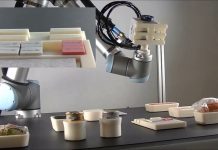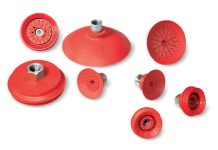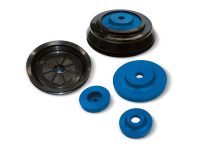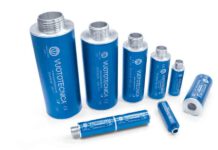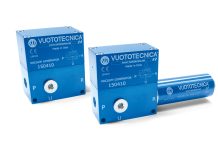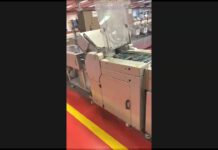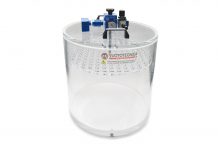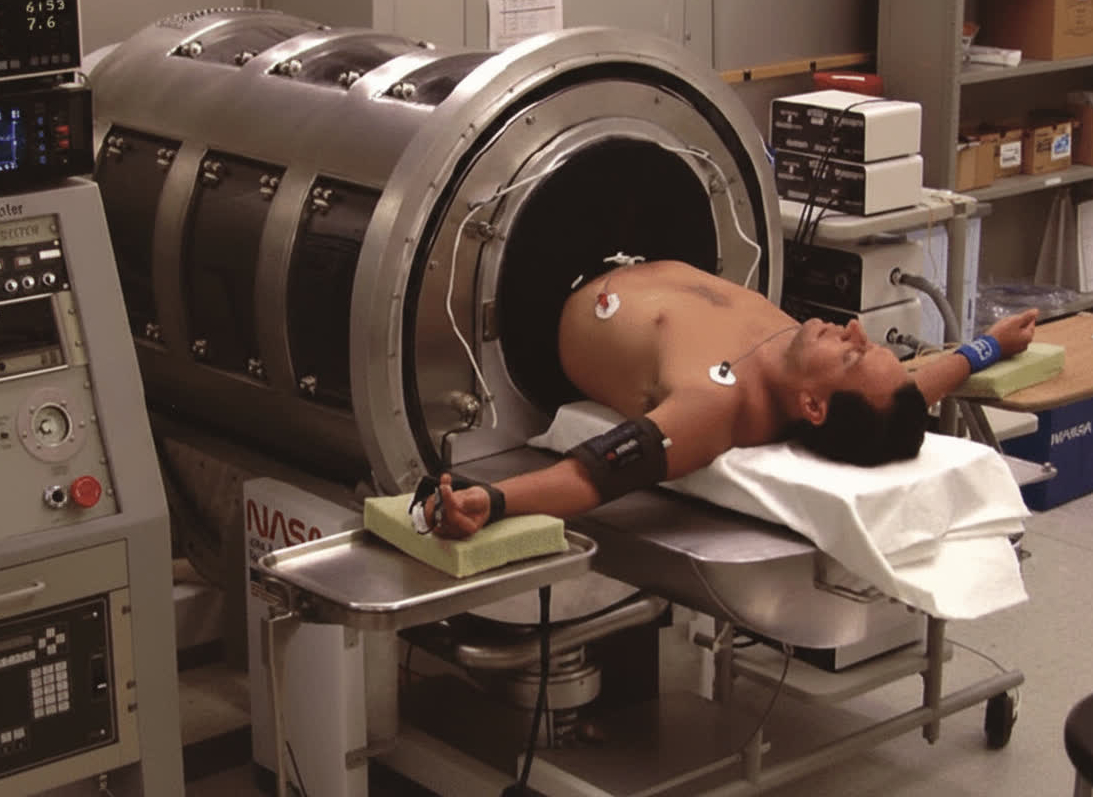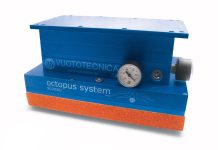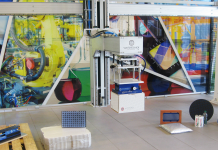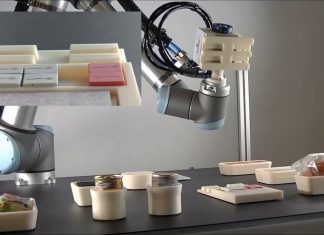From the space simulation chamber to the gym: Lower Body Negative Pressure (LBNP) is leaving the laboratories and finding application on treadmills and exercise bikes.
The goal is to combine physical exercise and pressure control around the lower limbs using machines such as the vacu treadmill, or the vacu bike, which generate negative pressure around the lower body during movement to stimulate circulation, drainage, and metabolic adaptations.
While you train while running or cycling, a seal closes off the waist area and a vacuum pump maintains the pressure below atmospheric pressure.
In aerospace research, this technology was initially studied as a countermeasure to muscle and bone -tone loss in microgravity conditions. Training on a treadmill in a negative pressure chamber helped preserve aerobic capacity and lower limb strength, reducing the deconditioning associated with prolonged immobility in astronauts.
In the fitness world, compared to traditional training with weights or weighted vests, sessions performed in Lower Body Negative Pressure (LBNP) show similar responses in terms of heart rate and oxygen consumption, but are perceived as more comfortable. In practical terms, it is a way to increase the load without having to push too hard on speed, incline, or mechanical resistance.
Some pilot studies observed a decrease in body mass index (BMI) and a reduction in abdominal skinfold thickness in programs using treadmills in vacuum chambers compared to standard training. This result is in line with the idea of “invisible resistance” generated by the pressure difference, which makes aerobic exercise a little more challenging.
Useful indications also come from the clinical field, where intermittent negative pressure (alternating between negative pressure and ambient pressure) has been used to stimulate peripheral circulation in patients with vascular problems. The principle is the same: regulating pressure modifies perfusion and vein flow, mechanisms that make vacuum treadmills and vacuum bikes interesting for both sports and rehabilitation.
This demonstrates how vacuum, even far from its most well-known industrial uses, can be a concrete tool for innovation and well-being.
www.vuototecnica.net






